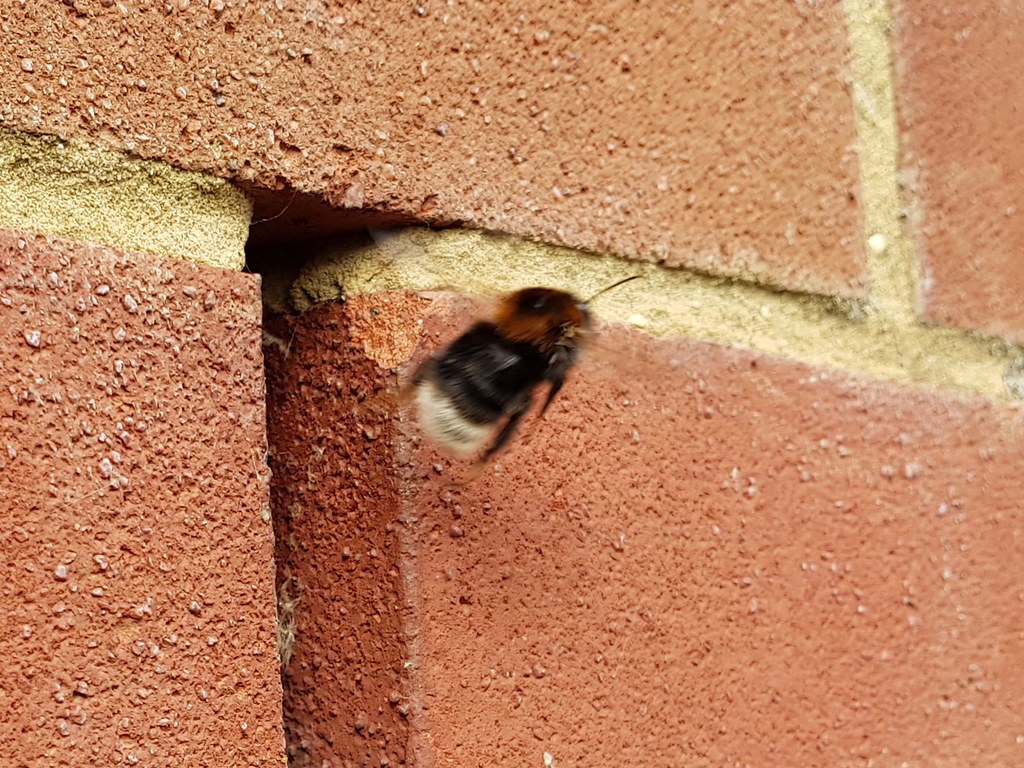Background: I moved in to my current house around 4 years ago and every Spring since I've noticed big fat Bees coming and going from a vent hole in the brickwork of my house, being quite laid back and lover of all animals I just kind of left them to it because they seemed to disappear at some point in the Summer. Knowing nothing about Bees I just kind of assumed that they moved in in the Spring and then went somewhere else when they were done using my wall and I always figured that when they left one year I'd just block the hole up so they'd have to find another home when they came back, but I recently learned that they may well actually be hibernating in there over the Winter too.
The vent hole in question is very close to my front door which means there is usually Bees swarming around the door in some kind of holding pattern while they take their turns coming and going from the wall which hasn't been too much of an issue up until this current Spring time where this year there seems to be a lot more Bees, so unfortunately it's probably time that I evict them from my wall as really I don't know what exactly what they are doing in there (damage?).
I have no idea what type of Bees they are but they are massive and look like these (hard to tell though as they never stay still):
More so this one I think
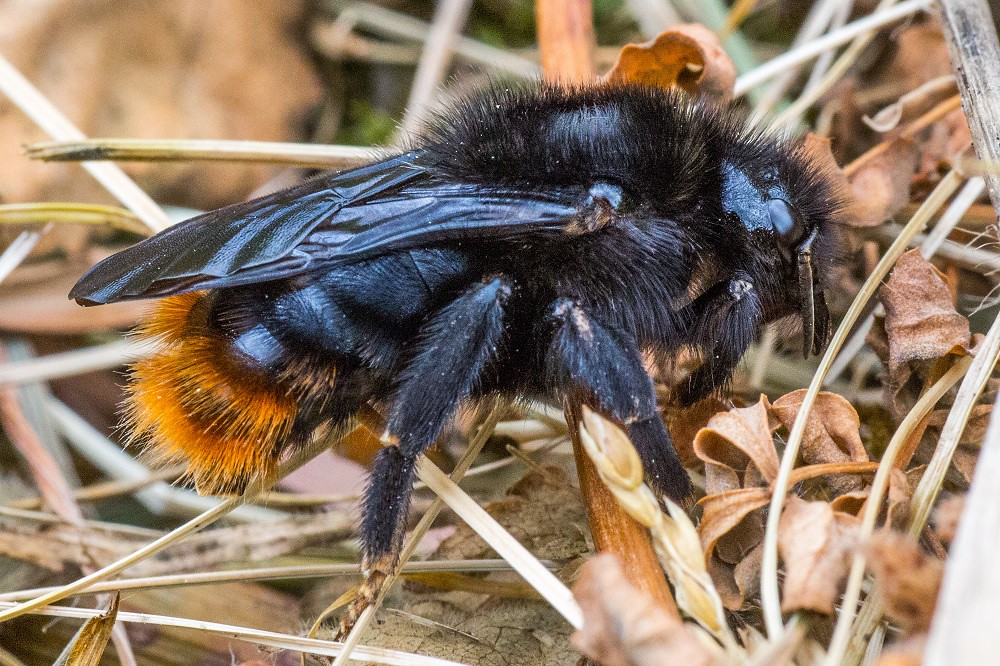
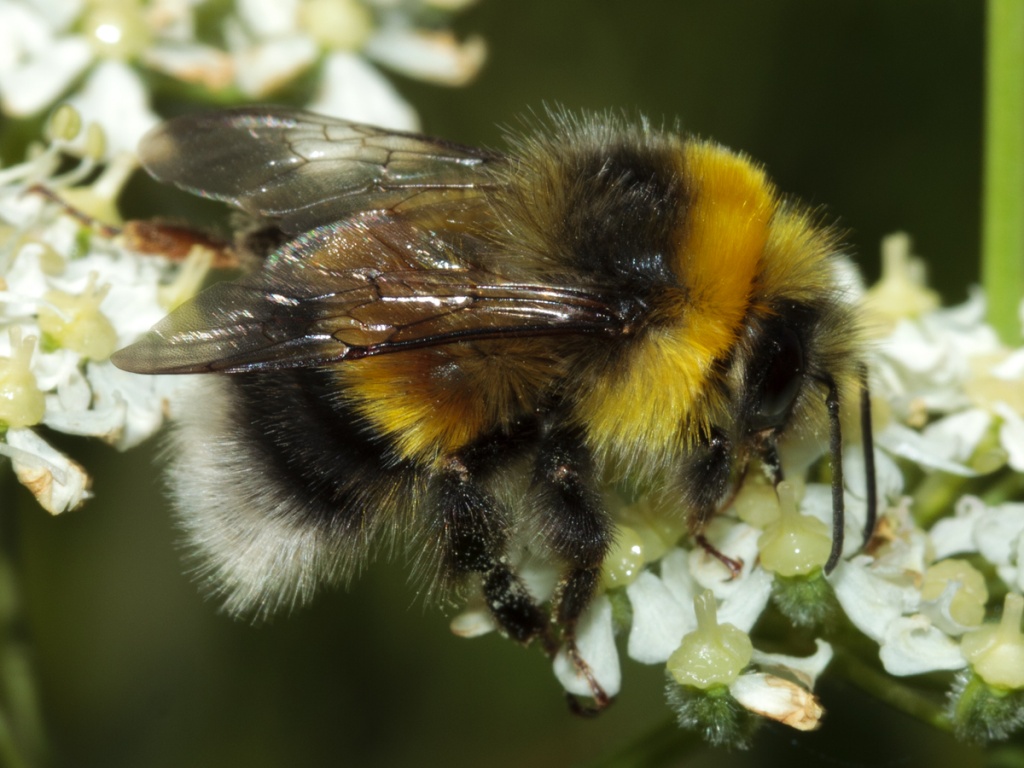
This is the vent hole by my front door:
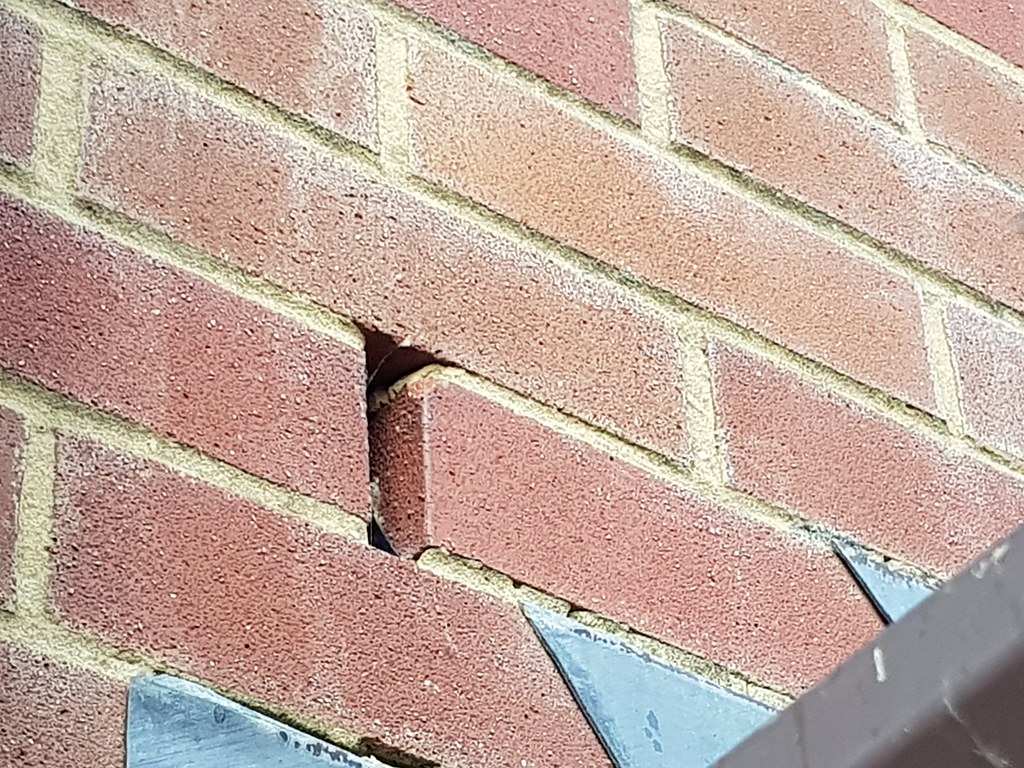
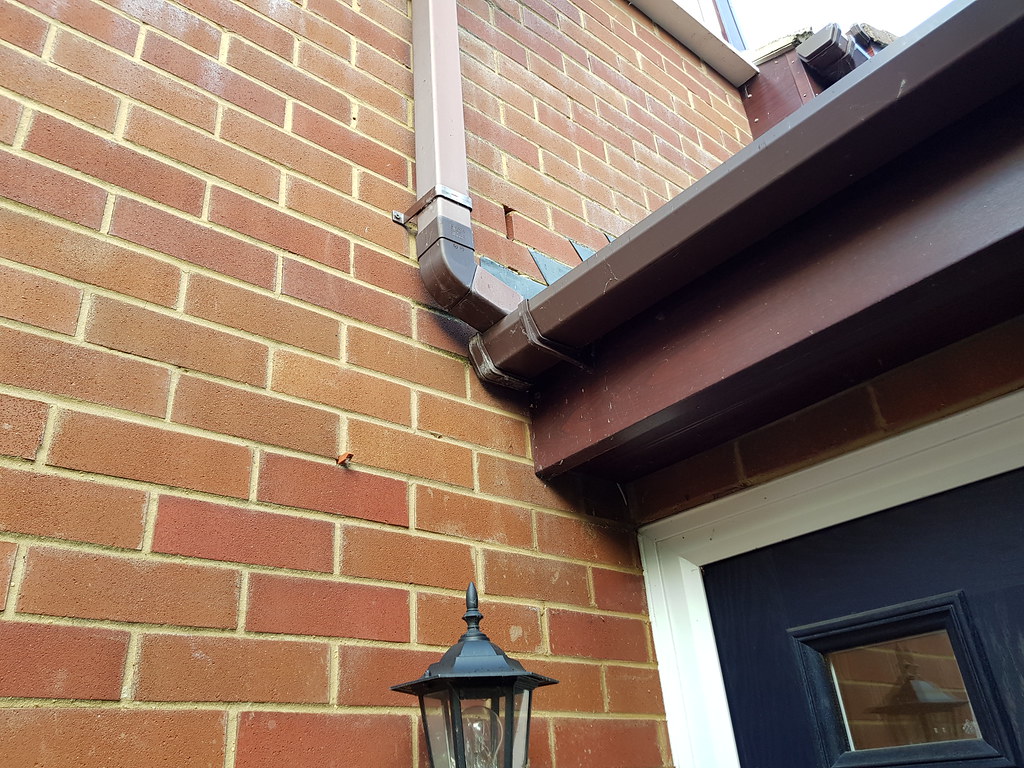
I'm not one to just block it up and let them die of just kick them out leaving them homeless so I've come up with a loose plan of re homing them so I'm here to ask you guys if my plan will work, if it is a good idea or if there is an easier/better way?
So, I was going to build a wooden Bee house and hang it somewhere near the Bees current front door to my wall using these tubes and some kind of wooden back and frame:
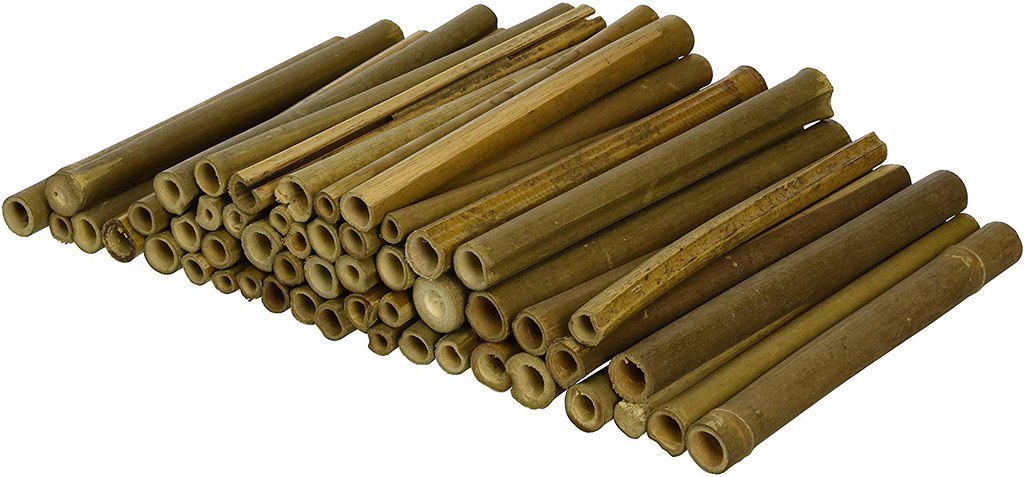
Not really sure how many I'd need, to Bees share tubes or do they need a tube each? Do I need bigger ones for my fat Bees?
Then I was going to fashion up some kind of a one-way Bee valve that covers the vent hole so the Bees can leave but not return, I bough a couple of "Bee Escapes" to join together to make them wider (as my Bees are massive), no at all finished yet, this is just the basic idea:
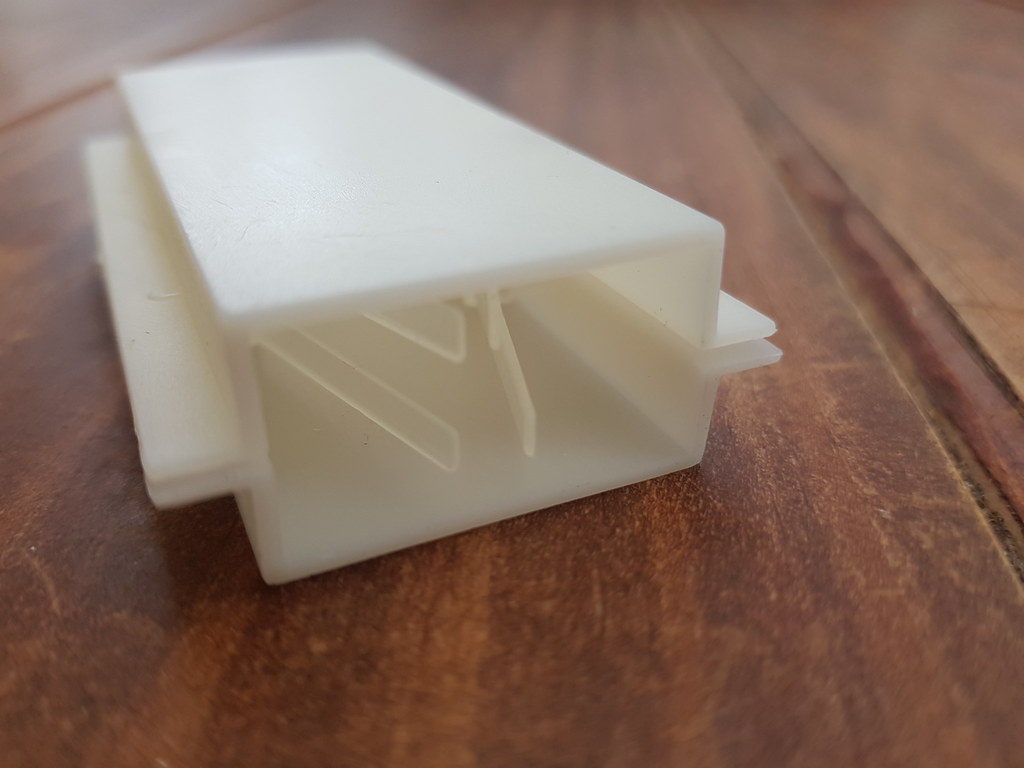
So my train of thought here was that the Bees come out of my wall and cannot get back in so they just kind of buzz around a bit and maybe notice the newly built Bee house and just kind of move in, then if they do actually hibernate in there that I'd move the house to nearby field while they're asleep ready for the following Spring?
Soooo, am I mad?
The vent hole in question is very close to my front door which means there is usually Bees swarming around the door in some kind of holding pattern while they take their turns coming and going from the wall which hasn't been too much of an issue up until this current Spring time where this year there seems to be a lot more Bees, so unfortunately it's probably time that I evict them from my wall as really I don't know what exactly what they are doing in there (damage?).
I have no idea what type of Bees they are but they are massive and look like these (hard to tell though as they never stay still):
More so this one I think


This is the vent hole by my front door:


I'm not one to just block it up and let them die of just kick them out leaving them homeless so I've come up with a loose plan of re homing them so I'm here to ask you guys if my plan will work, if it is a good idea or if there is an easier/better way?
So, I was going to build a wooden Bee house and hang it somewhere near the Bees current front door to my wall using these tubes and some kind of wooden back and frame:

Not really sure how many I'd need, to Bees share tubes or do they need a tube each? Do I need bigger ones for my fat Bees?
Then I was going to fashion up some kind of a one-way Bee valve that covers the vent hole so the Bees can leave but not return, I bough a couple of "Bee Escapes" to join together to make them wider (as my Bees are massive), no at all finished yet, this is just the basic idea:

So my train of thought here was that the Bees come out of my wall and cannot get back in so they just kind of buzz around a bit and maybe notice the newly built Bee house and just kind of move in, then if they do actually hibernate in there that I'd move the house to nearby field while they're asleep ready for the following Spring?
Soooo, am I mad?
Last edited:





